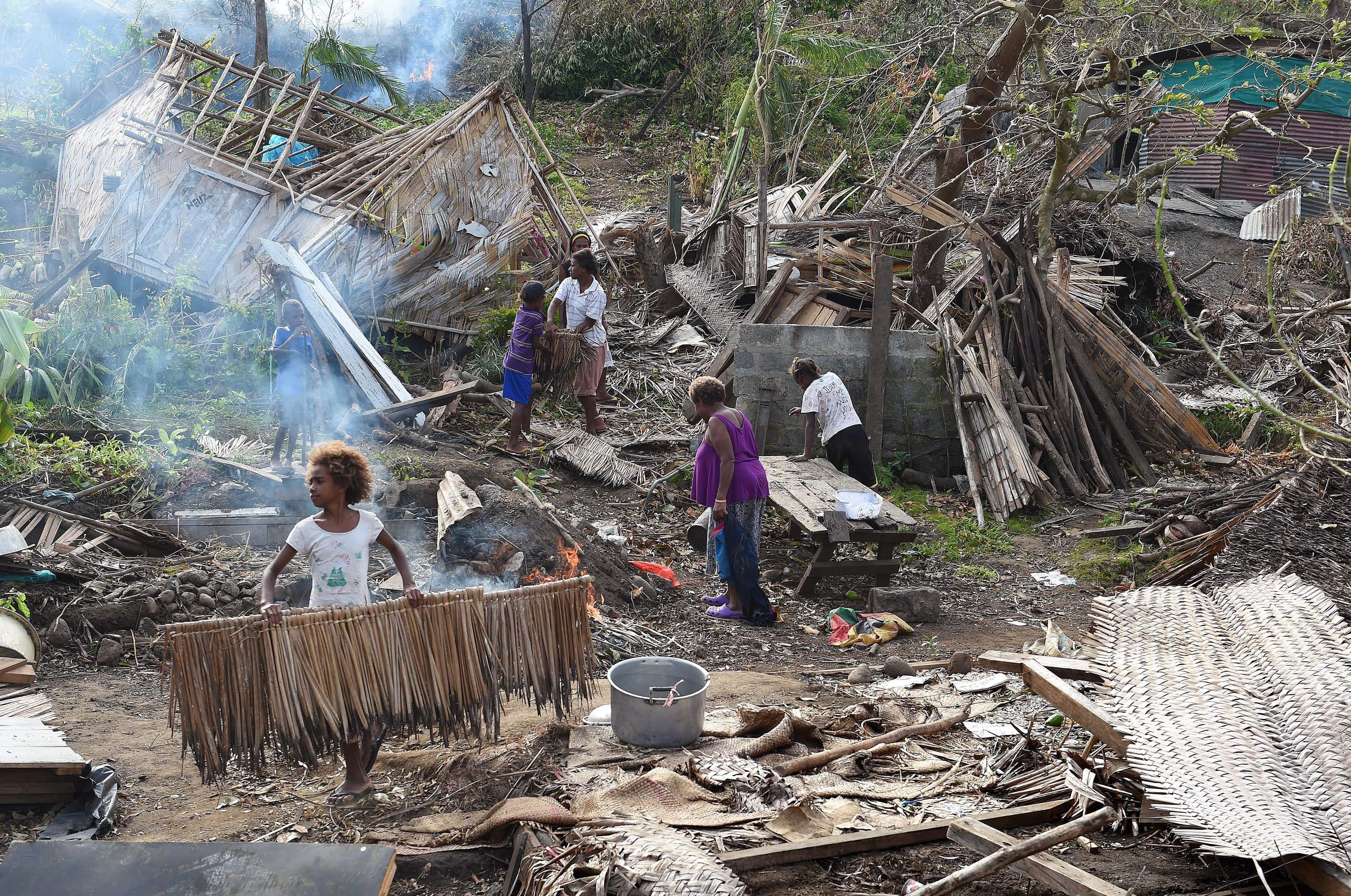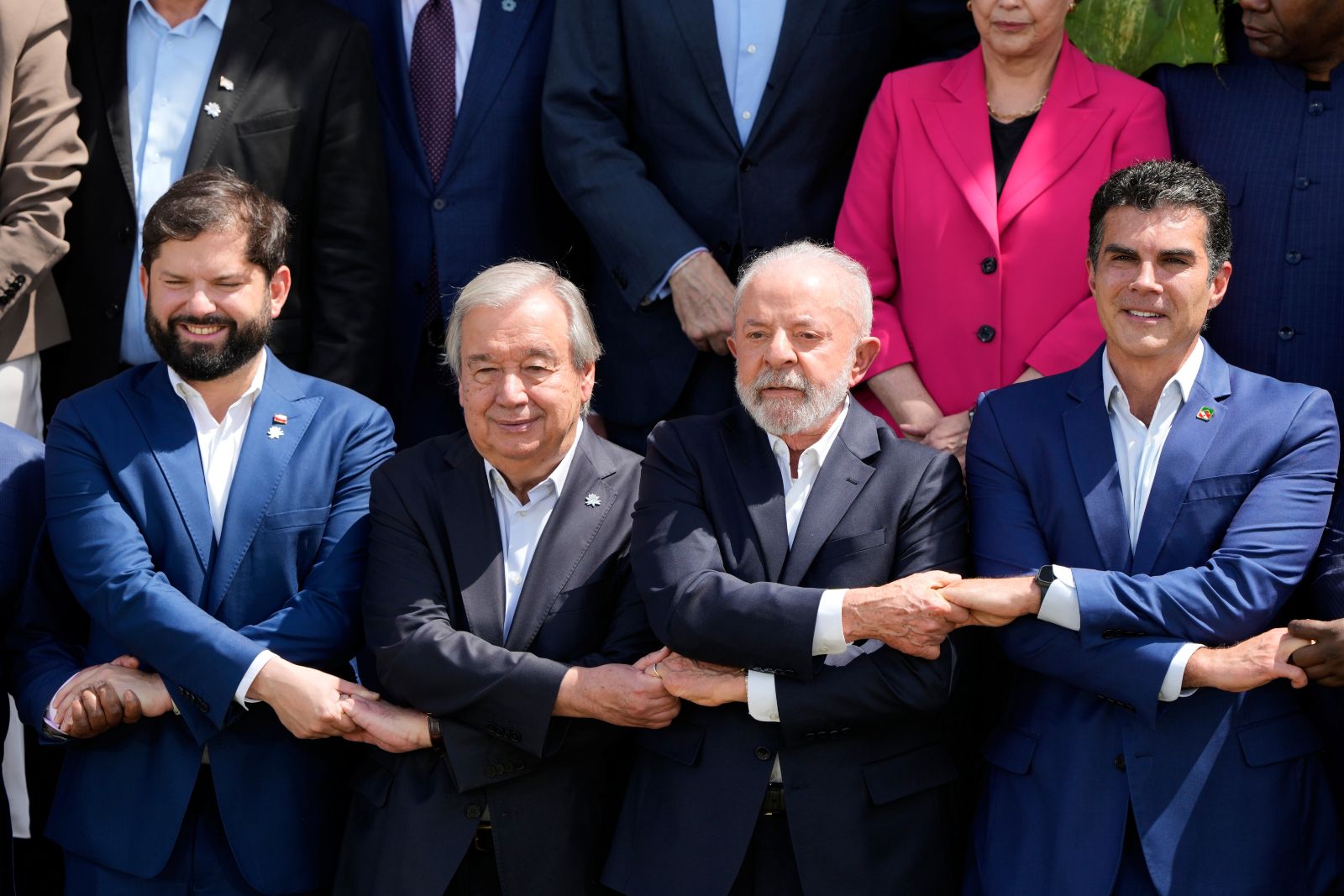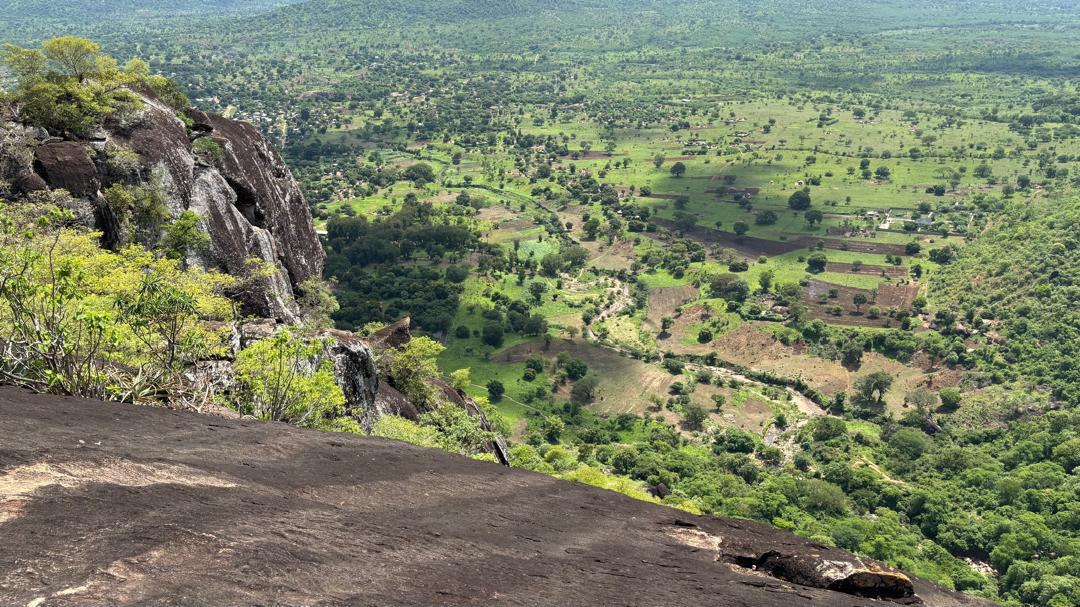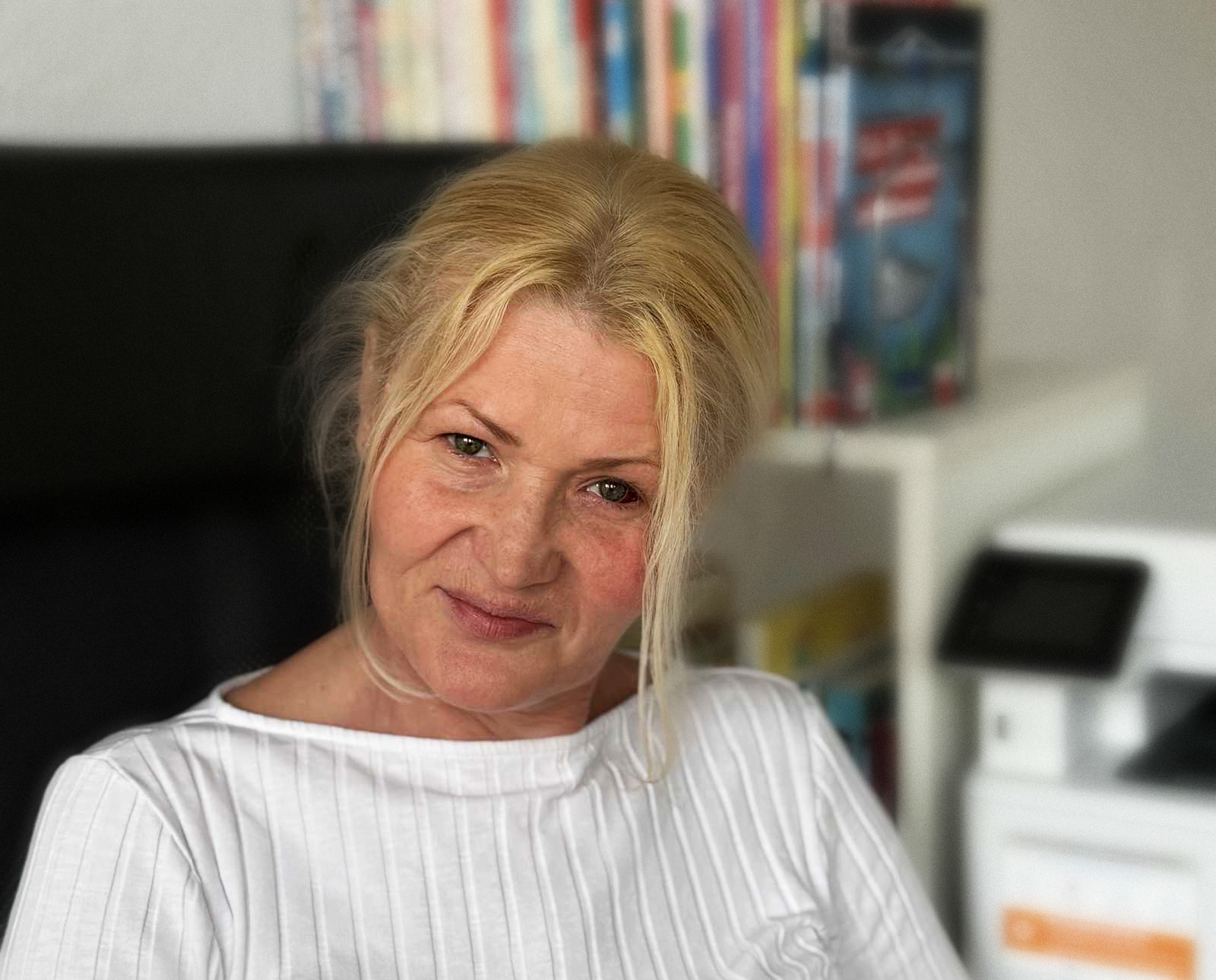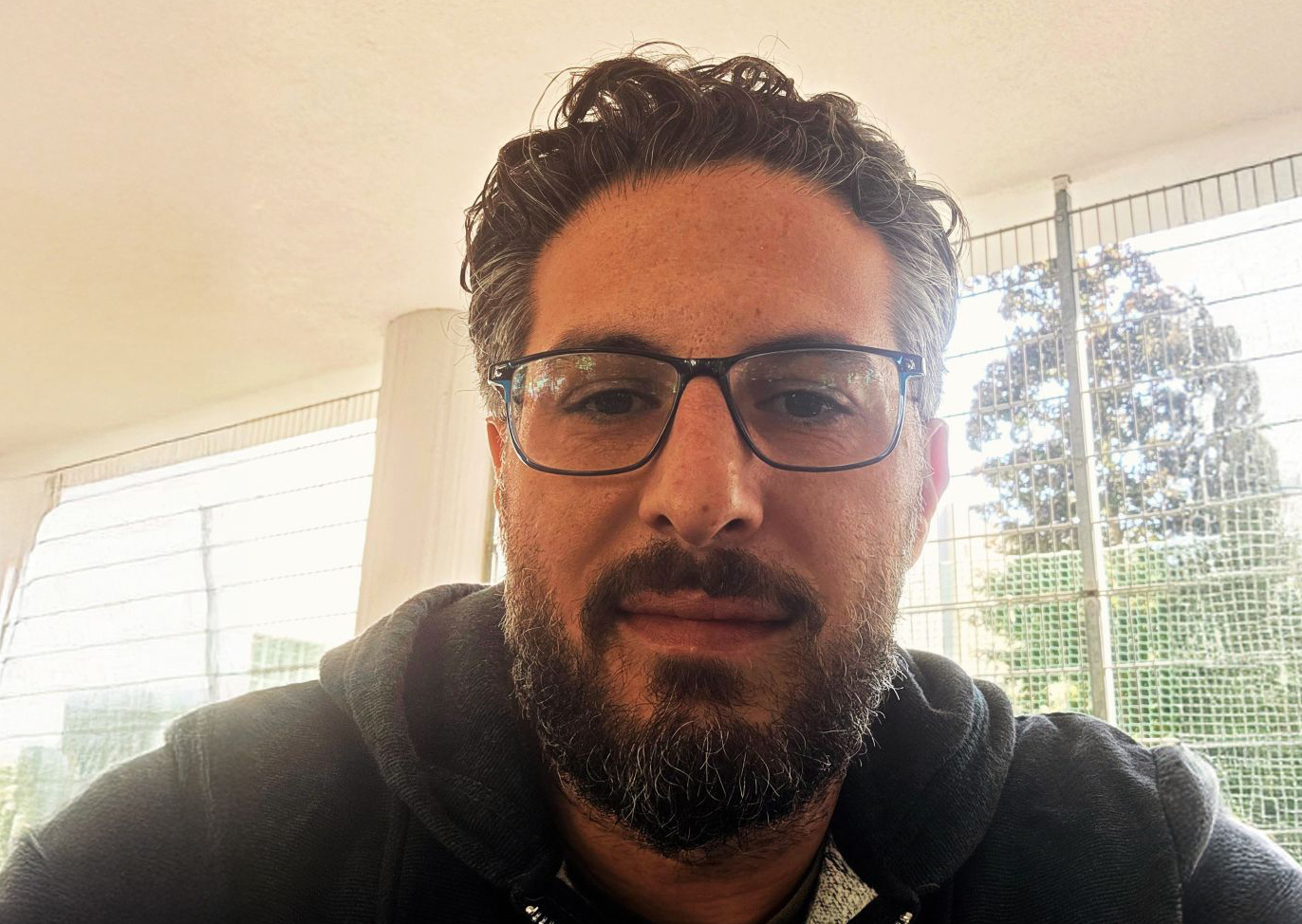Climate finance
Get ready for business
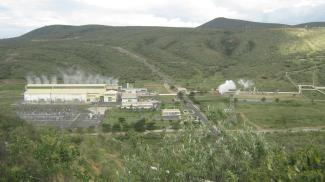
The decision to set up the GCF was made five years ago at COP16 in Cancún. Its Board wants to make the Fund fully operational by the time negotiators meet in Paris for COP21, the 21st Conference of Parties of the UN Framework Convention on Climate Change (UNFCCC).
In the past months, the GCF has been mobilising financial resources. For the period 2015 to 2018, 33 countries, including eight developing countries, have pledged $ 10.2 billion. The GCF has declared it will be ready to start making financial commitments once pledges worth $ 4.7 billion become legally binding.
The Board had hoped to reach this “effectiveness date” by the end of April, but that deadline was missed narrowly because only 21 countries signed their pledges in time. Germany was one of them, guaranteeing € 750 million. The USA and Japan, however, failed to sign before the deadline. Their combined pledges amount to $ 4.5 billion. As Japan did sign in May, however, the GCF reached the effectiveness date before a board meeting in Bonn in June. That was an important signal to the international community.
A big player
Once all pledges are disbursed, the GCF will be one of the most important players and the biggest multilateral financial vehicle in the still-evolving global architecture of climate finance. It is an operating entity of the UNFCCC. As such, it is guided by the COP and accountable to it. The Global Environment Facility (GEF), which is hosted by the World Bank, is run in a similar way under the UNFCCC and other multilateral agreements.
In the new climate agreement, the GCF is expected to become the main channel for multilateral finance transfers from developed to developing countries. It will be especially important in regard to adaptation funding. A lot of money is at stake. At COP15 in Copenhagen in 2009, the advanced nations pledge to make an annual $ 100 billion available in climate finance from 2020 on. This sum is seen as the floor for long-term financing commitments. How much of this money will be channelled through the GCF is an open question. It has not been decided yet whether the agreement to be struck in Paris will set a time-table for quantified climate-finance goals. A regular GCF replenishment process, however, is scheduled to start in 2017.
The GCF Board has 24 members, with equal representation of developed and developing countries. One seat is reserved for the least developed countries (LDCs) and another one for the small island developing states (SIDS). The Board has several specialised committees and advisory panels that meet periodically. The Board is supported by the GCF Secretariat, which is based in Songdo in South Korea.
Wholesale approach
From August 2012 to March 2015, the Board met nine times. Working by consensus, it has made a number of hard-fought decisions and found compromises, thus clarifying and fine-tuning the Fund’s “wholesale business model”. The GCF will be a lean organisation. Unlike multilateral development banks, it will not implement measures itself. Rather, it will rely on other institutions that need to be accredited by the GCF Secretariat and will report to it. The Secretariat will initially have about 50 full-time staff, most of whom are already at work.
For the wholesale approach to work satisfyingly, the Secretariat must address the well-documented shortcomings of established development-finance institutions. It must be able to guarantee through its oversight that the projects it finances “do no harm”. Human rights as well as environmental and social standards must be respected in every case. Land grabs and the displacement of local communities without compensation, as have occurred in the context of projects funded by the World Bank (see D+C/E+Z 2015/05, p. 18 ff.), are certainly unacceptable for instance.
The challenge is considerable because the GCF will have a multitude of implementing entities. Some of them will be from the public sector and others will be private companies. Developing countries will get access to GCF funding through multilateral as well as directly through national agencies. Subnational and regional entities can apply too.
The idea is to make the GCF flexible enough to be able to handle a multitude of implementing entities “fit for purpose” in the sense of dealing with applicants in ways that suit the sizes and risk categories of their respective proposals, projects and programmes. The larger, riskier and more complex projects become, the more comprehensive the GCF procedures in regard to due diligence, environmental protection and social standards will be – and the higher the capacities of the implementing entity will have to be.
In the first three years, the GCF will rely on the safeguards of the International Finance Corporation (IFC), the World Bank subsidiary that supports private-sector development. In the medium term, the GCF is to determine its own safeguards in a comprehensive and participatory process.
A more urgent task is finalising a monitoring and accountability framework for project implementation. Moreover, the GCF will need to finalise procedures for an independent evaluation office, a fraud unit and an independent redress mechanism so concerned people from developing country can challenge its decisions. Without such structures up and running, the GCF should not start funding operations.
Nevertheless, the Board approved the first seven implementing entities, including multilateral agencies like the Asian Development Bank and the UN Development Programme. It also accredited Germany’s KfW development bank, thereby opening the door wide for other bilateral development finance institutions. A civil-society organisation from Senegal, has also been accredited, however, and so has Acumen, a social investor backed by American philanthropists. As of mid-March, more than 60 national and international entities had applied; the GCF hopes to get most of the accredited by the end of this year.
Involving the private sector
The GCF is meant to interact closely with the private sector. In this sense, it hopes to differ from other climate finance institutions. The GCF’s Private Sector Facility will handle related matters. Many Board members think that the GCF must be willing to increase its “risk appetite” beyond that of existing funds in order to successfully engage the private sector. The Fund’s mission statement speaks of a “paradigm shift towards low-emission and climate-resilient development”.
The GCF wants private-sector companies to contribute funding. The focus is on institutional investors and equity funds that can complement public contributions which mostly come in the form of grants from governments. The advanced nations have made it clear that a considerable share of the annual $ 100 billion they have promised will have to be private-sector money.
At the same time, the GCF wants private companies to implement and co-finance projects. In this context, public-private partnerships (PPPs) are a preferred approach. This makes sense from a business perspective, but it is also fraught with the typical PPP risks. PPPs must be designed very well and they must operate in a transparent manner with the consent and involvement of domestic affected communities. Otherwise, they will either amount to unnecessary subsidies for the private companies involved or will not create benefits for people and local communities in the host countries.
The GCF should prioritise cooperation with private-sector companies from developing countries. Doing so would build capacities and improve the access of micro, small and medium-sized enterprises (MSMEs) to finance. MSMEs form the backbone of developing-country economies. Cooperation with them tends to require more involvement and support from funding agencies, but it is essential that these companies become geared to low-carbon and climate-resilient development. It is promising that the Board aims to start an MSME pilot programme this year. Acumen, its first accredited private-sector entity, also focuses on an MSME clientele.
Conclusion
The Board’s aspirations are healthy. Its decisions concerning support for the countries most affected by global warming, country ownership, gender awareness and multi-dimensional development are promising (see box).
To make the vision come true, however, the GCF will have to do further work on measuring results and performance. Accurate assessments are challenging, as multiple benefits and outcomes must be taken into account, not just for individual projects and programmes, but also for the entire Fund portfolio. Otherwise the GCF cannot become the learning institution its mandate requires. Adding to the complexity, the GCF should make it very clear that support for “business-as-usual” technologies – such as fossil fuels, large hydro dams or nuclear power – are not compatible with its mandate to support a paradigm shift.
More work also needs to be done to ensure gender balance and gender competence within the institution itself. So far, the GCF Board has five female and 19 male members, despite a mandate for gender balance of its Board and Secretariat staff. Moreover, the entire project cycle must become gender sensitive.
The GCF has made considerable progress. What has been achieved so far is promising. It would be good to make the Fund fully operational ahead of the COP in Paris. Achieving that goal would help to make the summit succeed. In any case, the GCF will play a crucial role in implementing what is decided. Time pressure, however, must not result in neglect for the important issues that must yet be resolved or need further improvement.
Liane Schalatek is the associate director of the Heinrich Böll Foundation North America. The foundation is close to Germany’s Green Party.
liane.schalatek@us.boell.org
